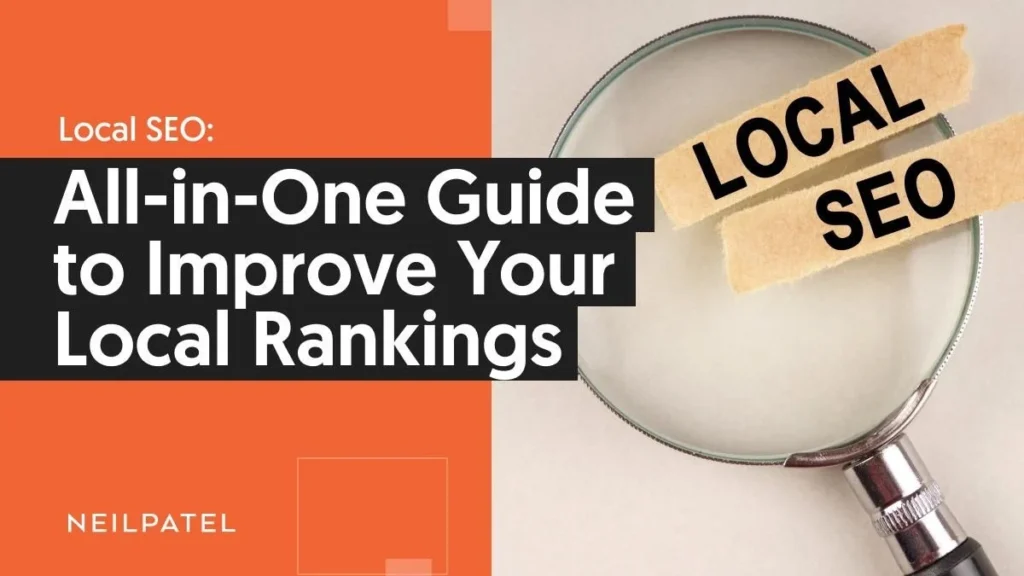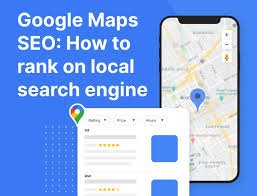Content Pruning: Why Less Can Mean More for Your SEO Rankings
In the ever-evolving world of SEO, the idea that “more is better” often takes center stage. However, a growing number of SEO experts are advocating for a different approach: content pruning. This practice involves removing or updating low-quality or outdated content on your website to improve your overall SEO performance. In this article, we’ll explore the benefits of content pruning and how it can lead to better rankings. What Is Content Pruning? Content pruning is the process of evaluating your website’s content and removing or updating posts that no longer serve a purpose. This could include articles that are outdated, poorly written, or irrelevant to your current audience. The goal is to streamline your content and enhance the quality of what remains. Why Is Content Pruning Important for SEO? How to Prune Your Content Effectively Conclusion Content pruning can be a game-changer for your SEO strategy. By focusing on quality over quantity, you can enhance your website’s performance and improve your rankings in search results. If you’re ready to take your SEO efforts to the next level, consider reaching out to Social Media Max for expert guidance on optimizing your content strategy! Call to Action: For more information on enhancing your SEO performance, contact Social Media Max. Reach out at 0161 399 3517 or email Syed_66@hotmail.com for tailored digital marketing solutions.









